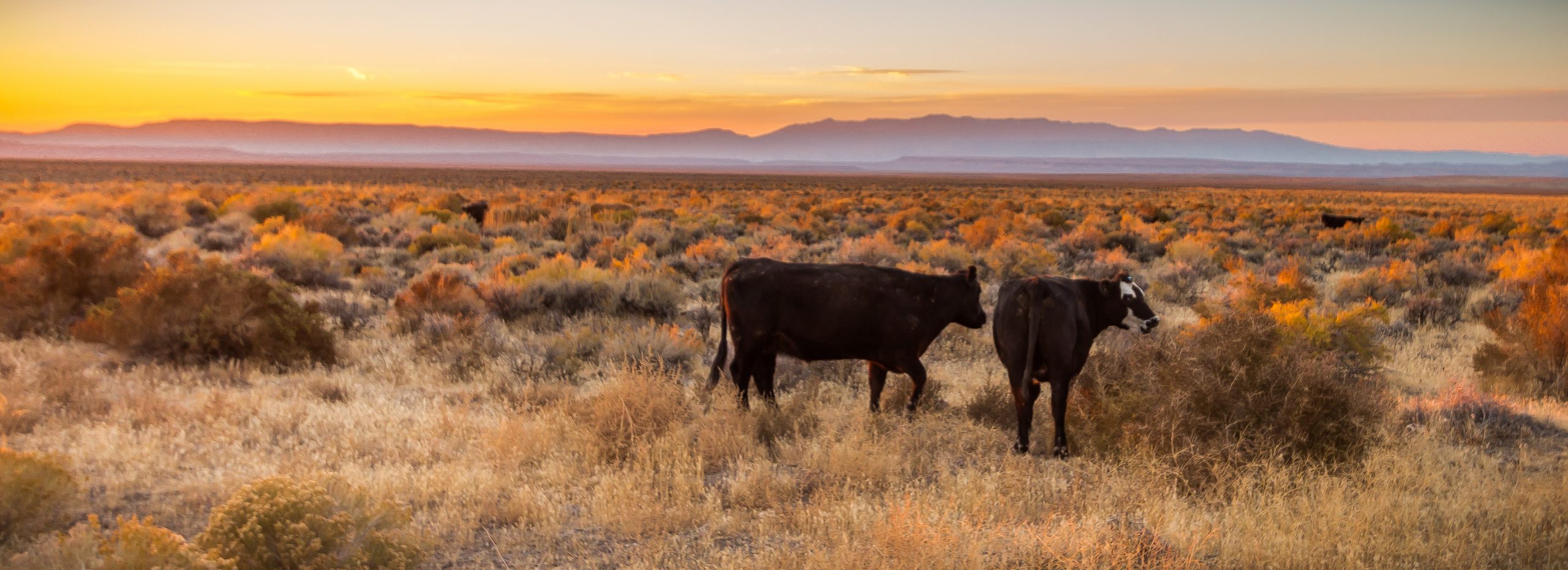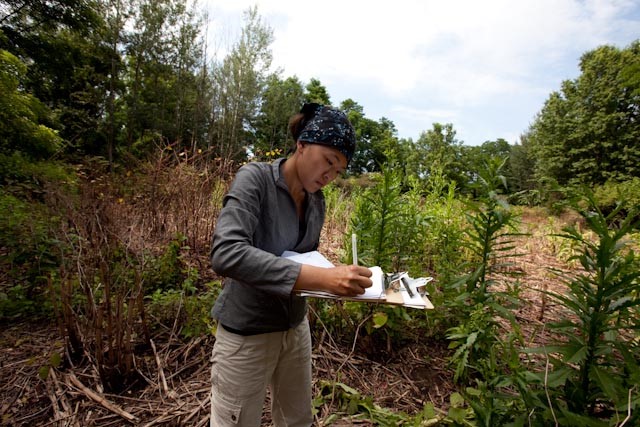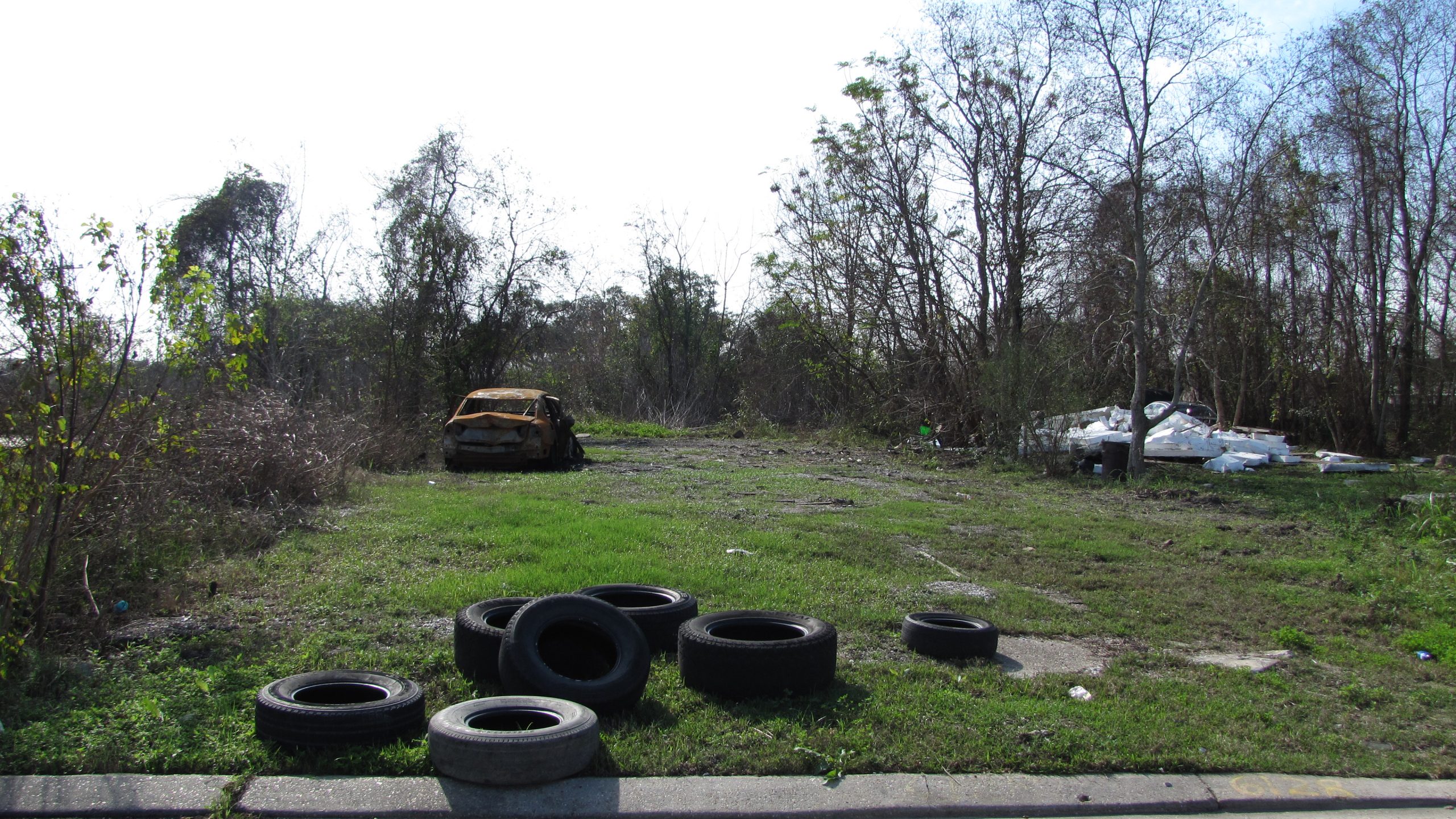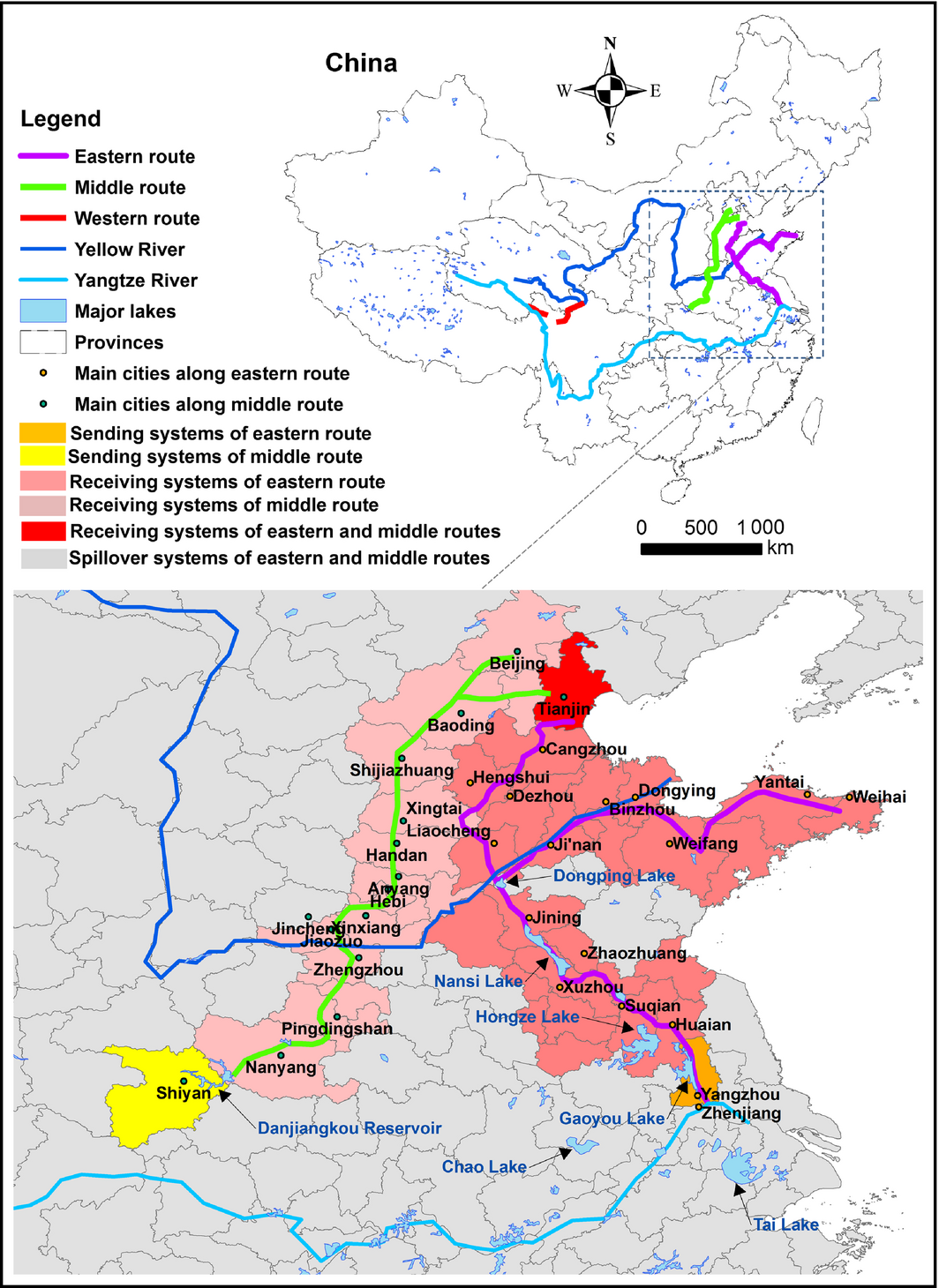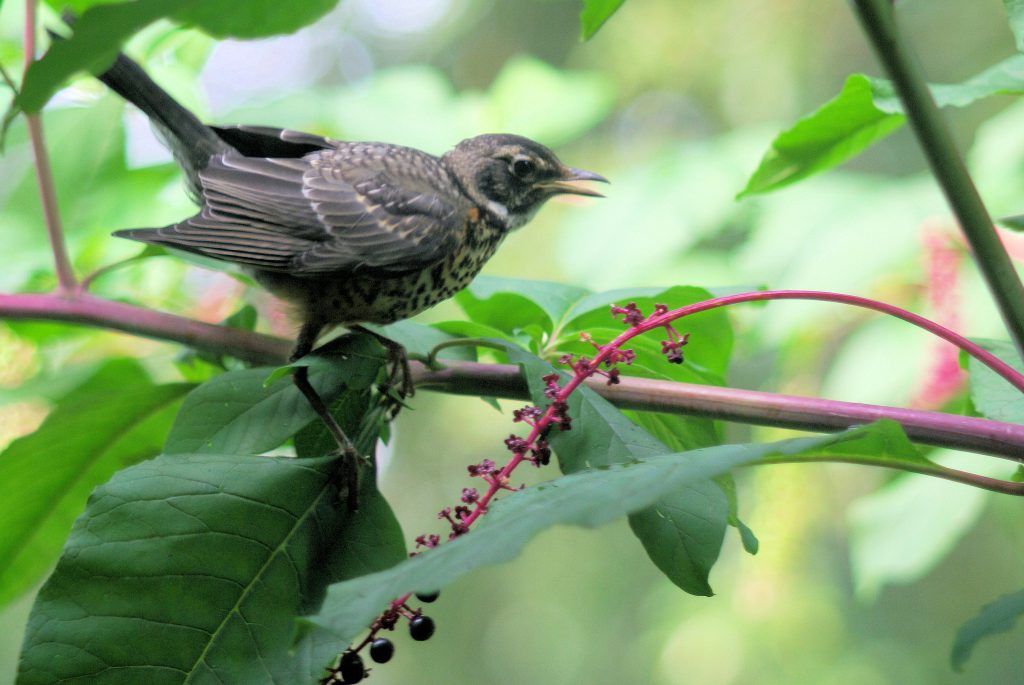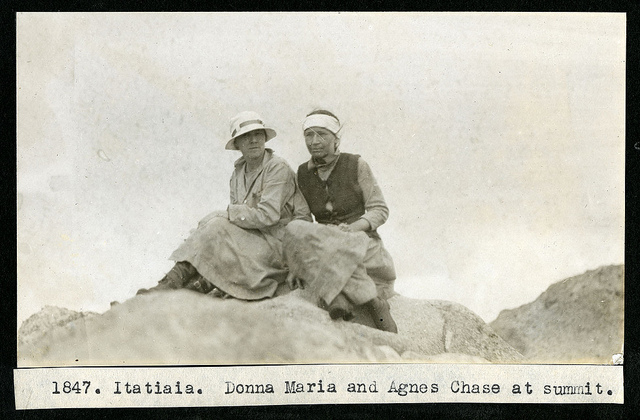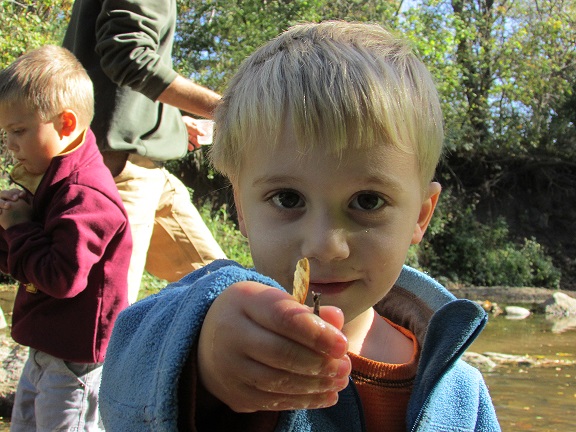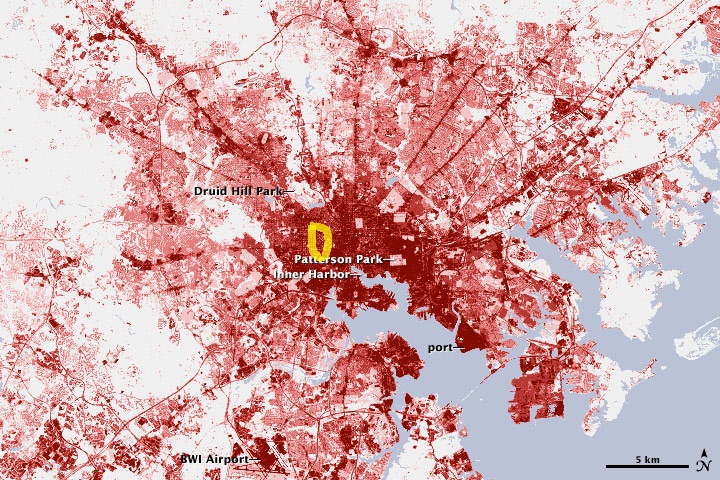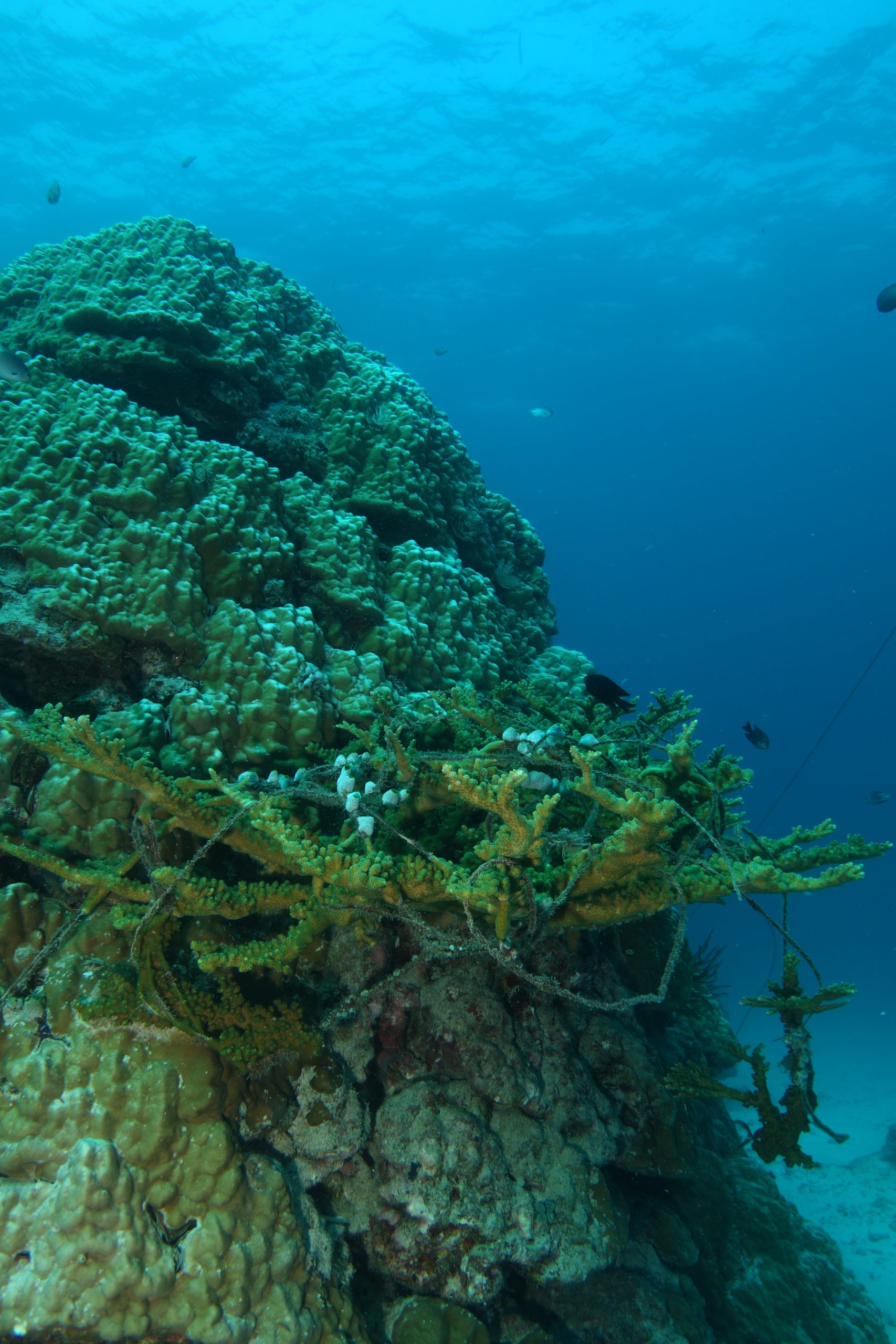
Ground truths about poaching in Marine Protected Areas
Ensuring the protection of our oceans means we must stem the tide of poaching in Marine Protected Areas. However, doing so requires understanding how much poaching is going on and the reasons why people do it.
